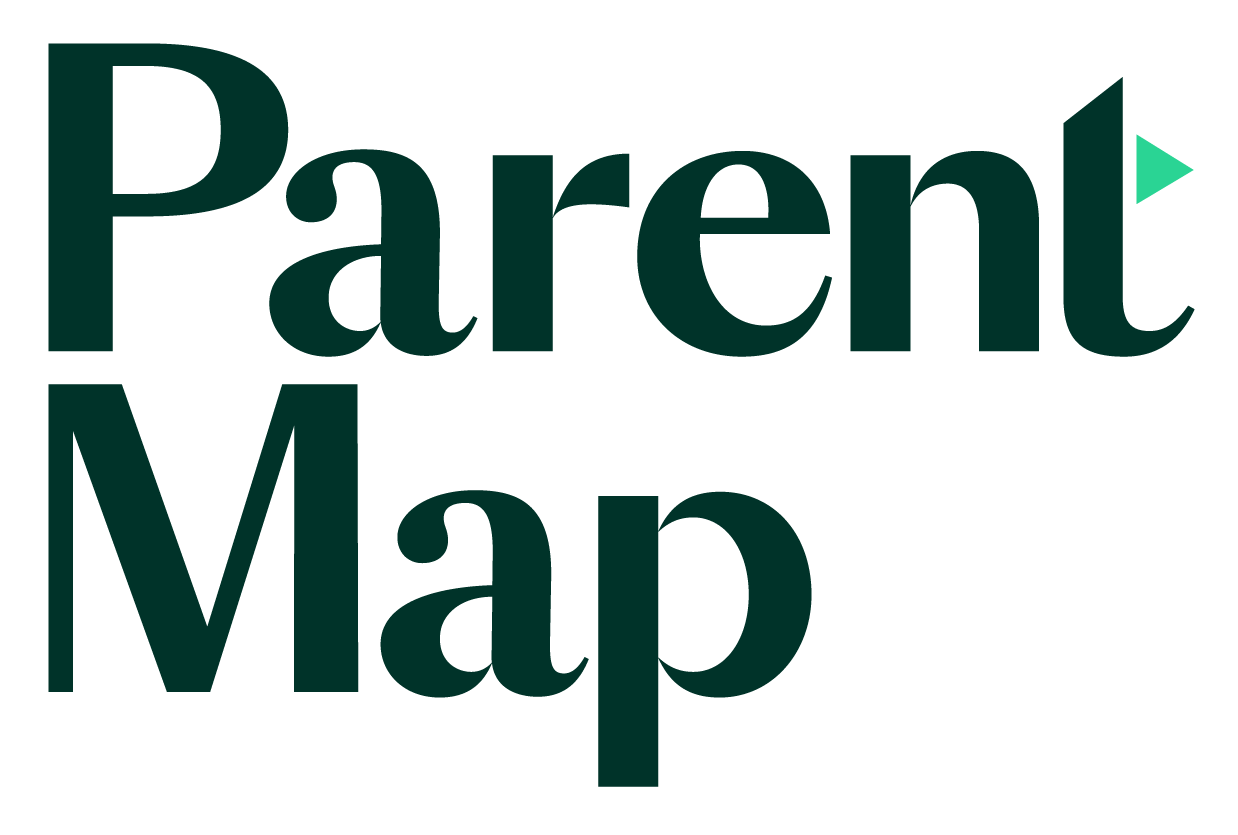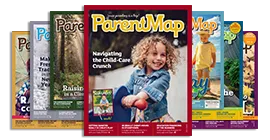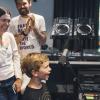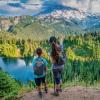
Photo:
Fort Nisqually. Photo courtesy of Fort Nisqually Living History Museum
Katrina Horbatko Durham never fails to capture her students’ attention when she reveals that their home state has five active volcanoes. “That always gets their attention,” the fourth-grade teacher at Ellensburg’s Ida Nason Aronica Elementary School says with a laugh.
To bring Washington’s geography to life, Durham turns to Google Earth, her favorite tool for helping students visualize where they live among the state’s diverse geographic areas. As she zooms out, the children see their Northwest home from space before she gradually brings them back down to Earth — highlighting the wheat-rich Palouse, the misty grandeur of the Cascades and the shimmering expanse of Puget Sound. It’s a breathtaking mosaic of natural wonders, one that some adults may take for granted but it never fails to amaze fourth-graders. After all, that’s the essence of the fourth-grade Washington state public school history curriculum — to help students understand their place in the rich history of the Pacific Northwest.
It’s an exciting journey for 9- and 10-year-olds as they dive into the region’s past, learning about Indigenous cultures and tribal sovereignty, exploring the geography of the Oregon Territory, tracing westward expansion and learning about the Lewis & Clark Trail. But these complex topics can be confusing without tangible experiences to bring them to life. A family trip to key historic sites across Washington can make these lessons more engaging and memorable, turning abstract concepts into real-world adventures. Here’s how to take those lessons from the textbook into the real world.
A lesson in Native peoples
Durham is adamant that you can’t teach children about Washington state history without first acknowledging the Indigenous people who lived on this land long before westward expansion. For her, that starts with acknowledging her school’s very namesake, Ida Nason Aronica, an instrumental member of the Kittitas band who helped preserve the culture and language of her tribe during her lifetime. With Aronica in mind, Durham stresses that students must respect where they’re standing every single day. Durham shares many legends and uses Indigenous stories to spark her student’s imaginations. But these tales need not stay in a textbook.
In central Washington’s agricultural heartland, the Yakama Nation Cultural Center, located in the mint-farming hub of Toppenish, provides an immersive look into the lives of 13 allied bands through museum exhibits featuring dioramas, traditional beadwork, regalia and replica settlements. Salmon fishers before colonization, the tenacious Yakama confederation led by Chief Kamiakin met the country’s most famous explorers, Lewis and Clark, in 1805 when the Corps of Discovery arrived where the Columbia meets the Yakima River.
The Native experience in Washington is not homogeneous, however. To help children understand the diversity of Indigenous cultures, consider visiting the Duwamish Tribe Longhouse in Seattle. This full-size Puget Salish lodge, built with traditional cedar beams, serves as both a cultural hub and an educational resource, and beginning in February, will restart education programs with age-appropriate lessons about the tribe.

The mountains are calling
“The biggest thing we address in fourth grade is geography,” says Durham. And one of the most awe-inspiring places to experience Washington’s dramatic topography is by taking a trip to Mount Rainier National Park. With the park’s five access points, everyone in the state can easily map out a visit to the most glaciated peak in the Lower 48. Even better? Mount Rainier is a great place to blend history with ecology lessons. Children can revisit the ancestral home of the Cowlitz, Muckleshoot, Nisqually, Puyallup, Squaxin Island, Yakama and Coast Salish peoples while discovering the flora and fauna of the subalpine space that surrounds Paradise Lodge — a fascinating historic building in its own right. Spot marmots on the mountain, then wow kids by showing them the images of the nine-hole golf course that once stood near the lodge in the 1930s.
Discover what sparked expansion into the Oregon Territory
What motivated people to explore the West? According to state social studies standards, that’s a question even fourth-graders should be able to answer: natural resources. A little over a decade before the Oregon Territory was officially established in 1848, the region’s abundant natural wealth attracted fur traders. Seeking to capitalize on this lucrative industry, the Hudson’s Bay Company established Fort Nisqually in 1833, making it the first European settlement on Puget Sound and a key hub for the fur trade.
Children can learn about the 19th-century Pacific Northwest frontier by visiting Fort Nisqually Living History Museum. Although the museum is a hot spot for field trips, even those just visiting as a family can take part in interactive activities, such as carrying water on a yoke or learning to card wool or make candles. On April 26, from 11 a.m. to 4 p.m., admission to the site is free to all Pierce County residents and tribal members.

Dive into Columbia River history
“In the Western Hemisphere, no river empties more water into the Pacific” than the Columbia River, writes Pulitzer Prize–winning journalist Timothy Egan in his award-winning book “The Good Rain: Across Time and Terrain in the Pacific Northwest.” That’s quite a stat to consider, especially for children still learning multiplication, but you can help them understand the magnitude of their state’s influential waterway by taking a trip to see it.
In Stevenson, explore the Columbia Gorge Museum, which looks out onto the river, for a glimpse into the history of the Columbia through art and immersive displays. Then, return to the present with a visit to the Rocky Reach Discovery Center in Wenatchee. At the center, you can experience the Columbia through games, stories, history and art, as well as learn about the Rocky Reach Dam — one of 29 dams in the Columbia River Basin — and how the Columbia River has been transformed by dams to supply hydropower, for better or for worse.
Start at home
“One of the most overlooked resources is the history of our own communities,” Durham says. “Kids need to feel connected to where they are right now.” If traveling isn’t an option or you’re looking for a way to spark the history conversation closer to home, tap into local resources, whether it’s a local museum, library archives or even a walk through town examining old buildings. These simple activities can bring the past to life, helping kids make personal connections to hard-to-grasp eras — just as the fourth-grade curriculum encourages them to explore how communities have changed over time and what has shaped them.
More local travel ideas: |











